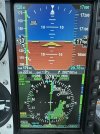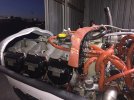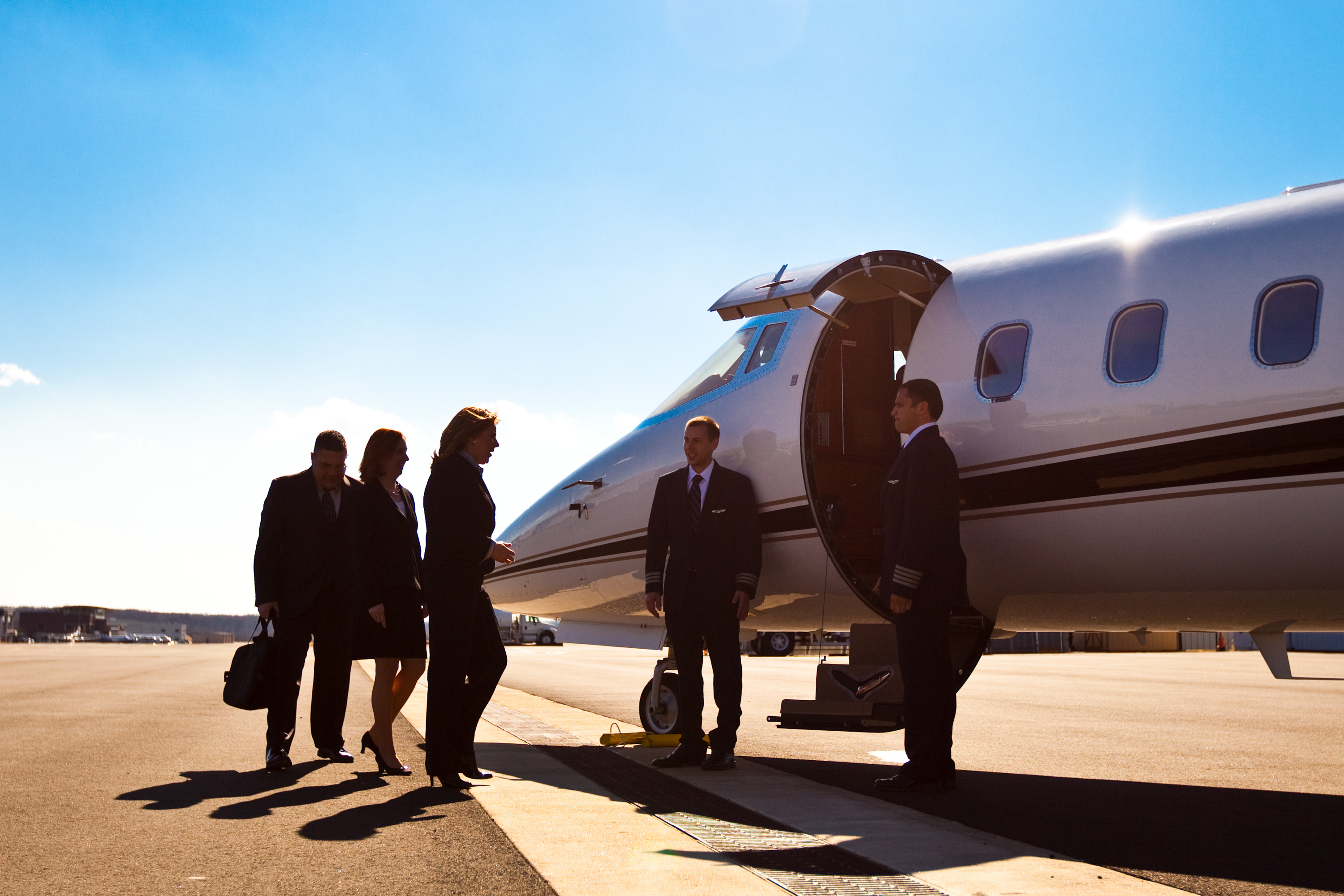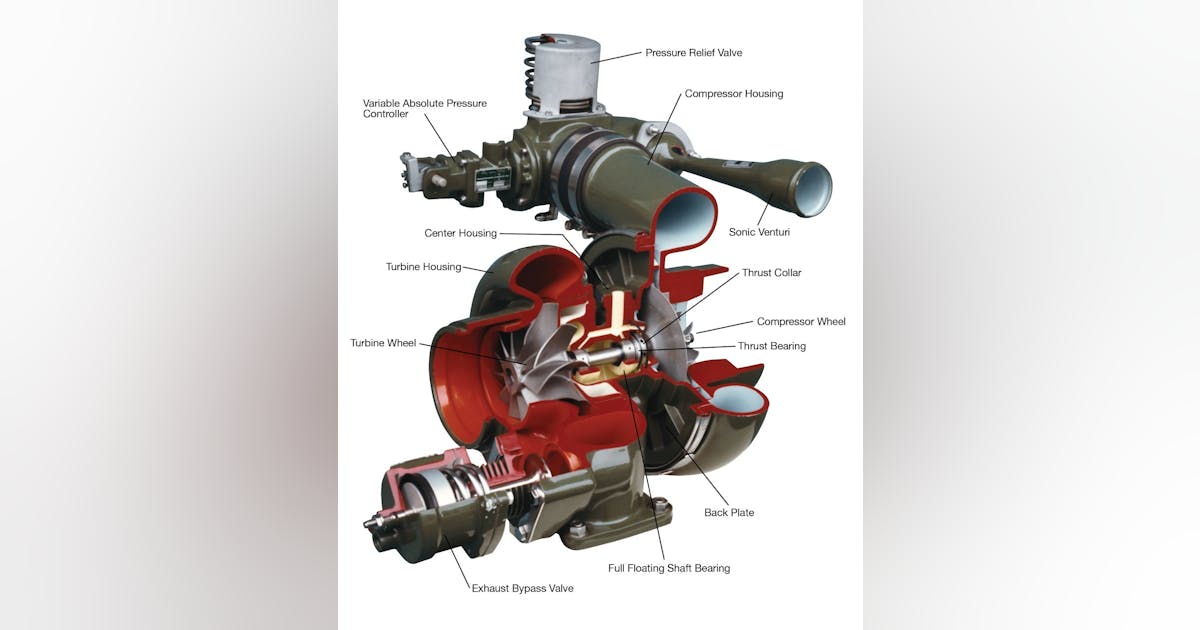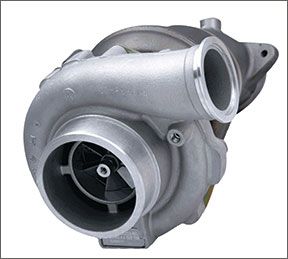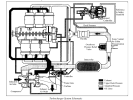The airplane type is offered in both NA and turbo versions, my mechanic is fine with a NA version but I kind of want the altitude to fly in the flight levels solely for purpose of taking advantage of tailwinds, also the added speed and climb performance when going on xc flights.
A 3-4 hour flight is a big difference compared to a 5-6 hour flight especially if you want to go somewhere for a long weekend. Longer journeys take me longer to recover and to get to my holiday enjoyment status mode.
I almost want to create another which airplane to buy thread

want something faster than the Arrow, but like the other m says, the Arrow works, why risk a new airplane for marginal gains in speed, BUT we need to get there faster.


